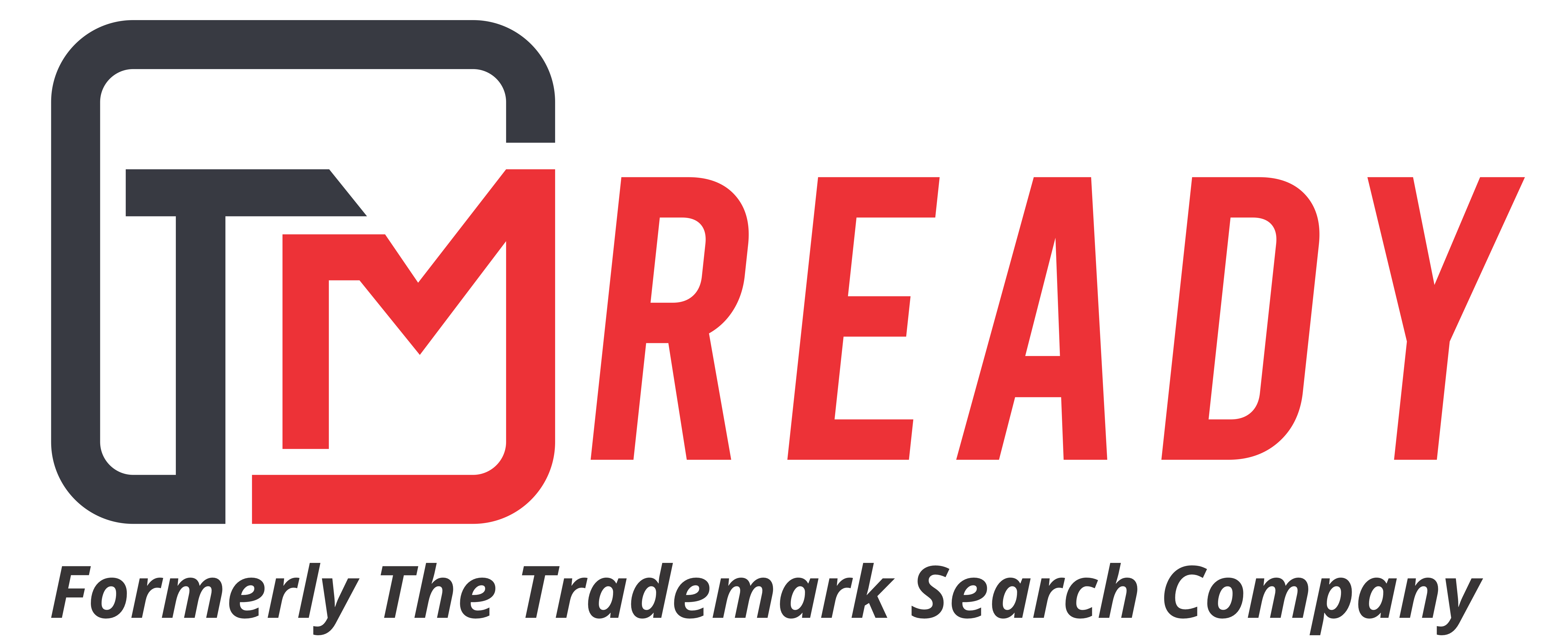With the revolutionary rise of Artificial Intelligence, we now have AI tools for TM Search. This will be a game-changer in the long run where we want lightning-fast results for a comprehensive trademark search.
We are aware of what Artificial Intelligence is capable of. Essentially, with enough development and sophistication, AI will serve as the brain of a computer. We know that a computer can process a lot of data. But without a human to control it, that processing power isn’t useful.
Let’s discuss these advancements in AI with regards to trademarks and successful trademark searches. We are aware of how time-consuming and tedious this job is. There has been plenty of discussion about how state-of-the-art AI could impact trademark searches. So how can AI tools for Trademark Search help us?
The Need for AI Tools for TM Search
When you conduct a trademark search, the scope of the search is massive. You need to run a fine-tooth comb through a stack of unordered databases. You also have to use old techniques like the Vienna Classification to determine similarities between existing marks and the prospective mark.
Such a manual search is extremely time-consuming and requires a lot of vigilance to produce efficient results. These results come at the expense of time that can be put to other productive use. Hence, there is a need to improve on the current scenario of things. Enter, Artificial Intelligence.
Also Read: How to perform a TESS Trademark Search?
Artificial Intelligence – Understanding the Problems
Automatic trademark search poses a few problems which need attention. You can try to train a neural network-based model to catch similarities between images of the marks. However, discovering differences between trademarks is a much more complex process.
We can classify these problems into 4 broad categories:
Visual similarity
It is extremely difficult to find pairs of similar trademarks. On top of that, there is no formal definition of similar trademarks. Two marks may be using very similar figures, but they might be representing entities in completely different domains.
Text similarity
Trademarks can have similar figures but different text. If we look at just the text, the results could be misleading. Conversely, there are trademarks with similar text, but different figures. One cannot ignore the text or the figures while trying to distinguish between marks.
Phonetic Similarity
There might be a case where two trademarks comprise of words which are phonetic. However, just a similarity in pronunciation cannot be the decisive factor in detecting the similarity of trademarks.
Semantic/Content similarity
This is the most perplexing problem for AI tools for Trademark Search. You might have trademarks which use different words which have the same meanings. On the contrary, they might contain the same words but their usage would be in a different context. Detecting these subtle differences can prove to be an issue.
The solution that AI Tools For Trademark Search Offer
With the current state of technology, AI tools for TM search can detect near/similar marks in terms of appearances. They can also catch phonetic variations. Along with their extremely fast processing, sorting of data becomes an incredibly simple task. Hence, time consumption and man-power requirements decrease with the involvement of AI.
These features definitely have provided a breakthrough when it comes to trademark search.
The Limitation and Need of Human Involvement
The advancement in AI is certainly a gift. However, it still has its limitations. Out of the 4 broad problems we see above, the problem of semantics is an issue. AI cannot detect semantic similarities between marks. Consider the following example.
Compare two marks which use the words “tours” and “trips” using AI. The result may not classify them as similar, but it is not true. Both words have essentially the same meaning but it can go undetected. Hence, humans need to intervene in the results given by AI.
Humans understand the context better. We can distinguish between words and their intended meanings. So, humans can benefit from the processing power and speed of AI tools for TM search and improvise on the results. Together, humans and AI can give killer results which are extremely thorough and accurate.
Need a Professional for Trademark Search? – TMReady
You invest a lot in building your brand. Apart from the money, the hours of efforts in promotions, recognition and making it synonymous to what your business stands for. There are a lot of benefits of a trademark. But, before you make an effort, you need to conduct a comprehensive trademark search.
TMReady offers the widest and the most flexible search coverage. To ensure this, we use the best AI tools for TM search. Our services include Advanced AI search and Manual Search. We also want to ensure that our prices are affordable without compromise on quality. Your satisfaction is our guarantee.
To avail our trademark search services, visit us.
Other Important Insights:
Hire A Trademark Attorney: What’s the need?
Online Trademark Filing: Know How to Do it?
A to Z of Trademark Registration

